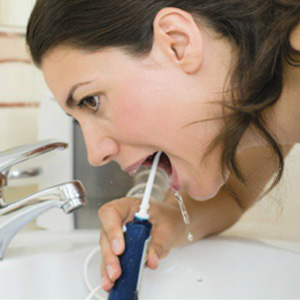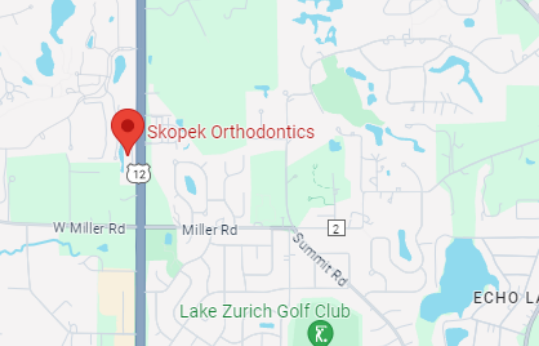Great oral hygiene is built on two principal tasks — daily brushing and flossing. Brushing removes plaque — a thin film of bacteria and food particles — from broad tooth surfaces. Flossing removes plaque between your teeth you can’t reach effectively with brushing. It takes both tasks to get the most disease prevention benefit from your daily cleaning.
Many people, though, have a hard time incorporating the latter of the two into their daily routine. This may be because manual flossing with string seems to require a bit more manual dexterity, although it can be mastered with proper training and practice. Some, though, may not possess the physical ability to adequately floss. It’s also difficult for individuals wearing orthodontic braces or other appliances that cover teeth.
Fortunately, there’s an alternative to string floss: oral irrigation. This method removes plaque from between teeth with pulsating water pressurized by either a handheld or countertop device known as an oral irrigator or water flosser, and emitted through a special nozzle directed at the teeth. Studies have shown it to be an effective means for controlling plaque.
As to you switching to a home water flosser, we’ll be happy to discuss if it’s a good option for you. We can also train you on effective techniques for string flossing if you don’t feel you’re doing it properly.
Whichever method you use, it’s important for you to floss daily to keep plaque under control between your teeth. Along with brushing and regular dental visits, it’s one of the best things you can do to ensure your teeth stay healthy and free of tooth decay or periodontal (gum) disease.
If you would like more information on flossing, please contact us or schedule an appointment for a consultation. You can also learn more about this topic by reading the Dear Doctor magazine article “Cleaning Between Your Teeth.”


